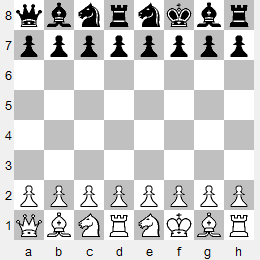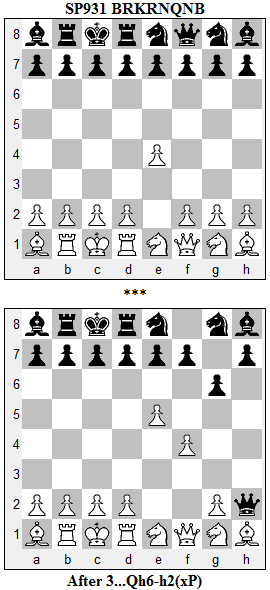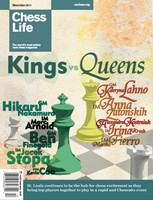If you had the White pieces, what would you play? The moves 1.c4 and 1.f4, to develop the Bishops that are awkwardly placed on b1 and g1, suggest themselves. If 1.f4, Black has 1...c5 attacking the f-Pawn, which can not be efficiently defended. If 1.c4, the move 1...f5 doesn't have the same effect, because 2.b3 both defends the c-Pawn and opens the long diagonal for the Queen. The moves 1.d4 and 1.e4 also look plausible. On balance, I prefer 1.d4, which makes the square d3 attractive for either Knight. The move 1.e4 addresses the center, but doesn't develop any pieces.
As for castling, castles O-O looks more likely, since only the dark-squared Bishop needs to get out of the way. Castles O-O-O is possible after both Knights have moved, but some other Pawn moves on that side will be required to develop the Queen and light-squared Bishop. Those moves will weaken the castled position.

SP108 QBNRNKBR
What did the Kings and Queens of St.Louis play? Three of them, including the experienced chess960 players Kosteniuk and Lahno, chose 1.c4. One chose 1.d4, and Irina Krush, who annotated the game for CL, chose 1.e4. Her opponent selected 1...c5, and the game continued 2.f3 b6 3.d4. On 2.f3, Krush noted,
I didn't see any other future for the Bg1, and the e4-pawn will need protection soon. But I was sad to take away the f3-square from the knight, especially as [my coach] has scolded me about doing that before!
Indeed, the Knights are also awkwardly placed. They are both competing for the same d-square, while Nb3 (or Nb6) interferes with the best development of the Queen. One of them will probably first go to its second rank.
That's typical of chess960. The pieces are seldom placed as harmoniously as in the traditional start position and their individual developments involve tradeoffs. Both players are grappling with the same difficulties, the only difference being that one of them goes first. Then it's a continuous balance of pursuing one's own plan while keeping an eye on the opponent's.


